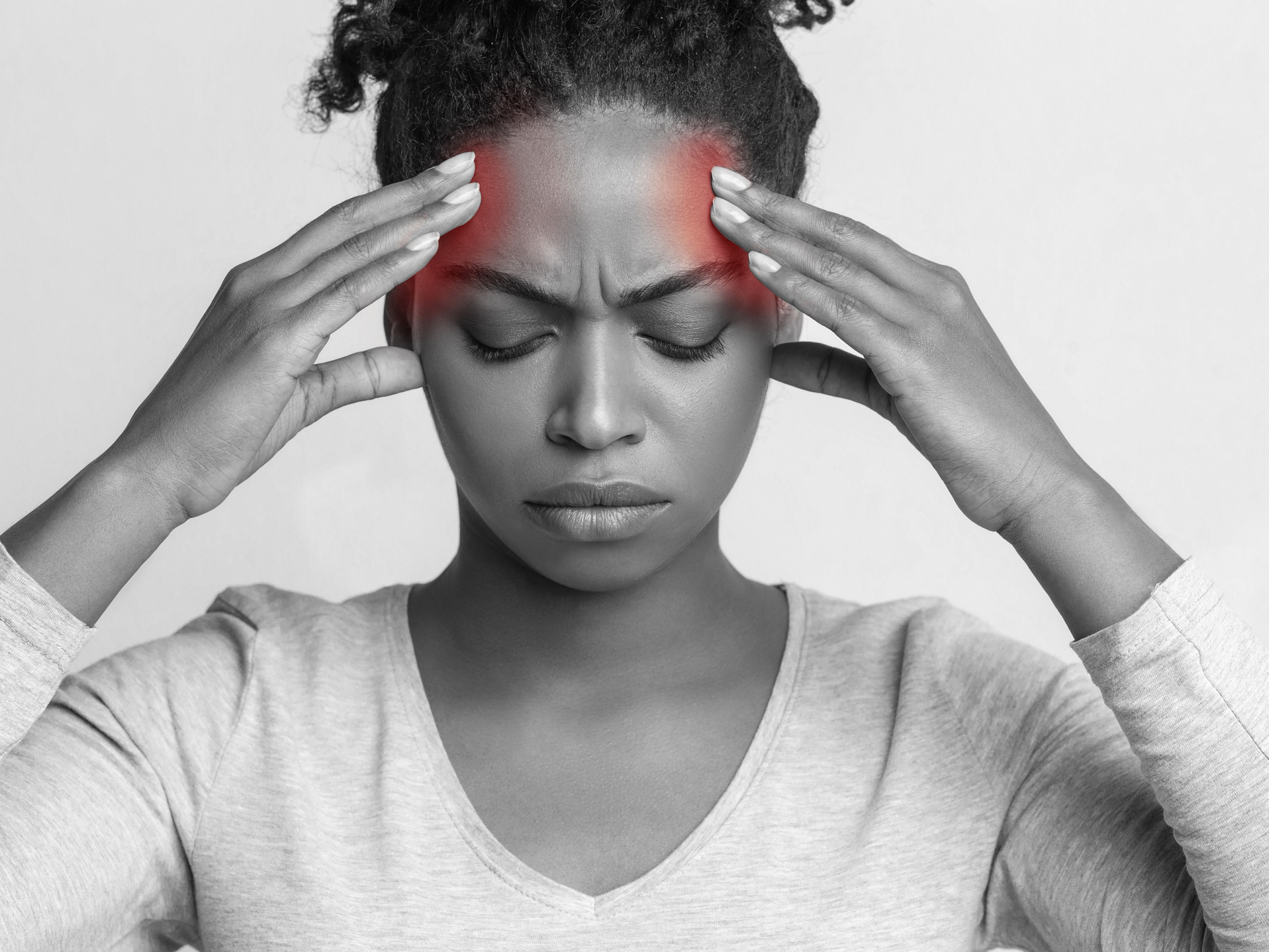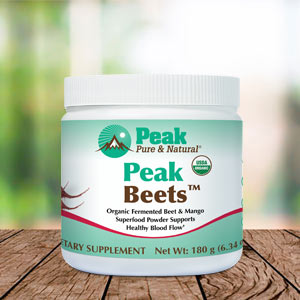Get Easy Health Digest™ in your inbox and don’t miss a thing when you subscribe today. Plus, get the free bonus report, Mother Nature’s Tips, Tricks and Remedies for Cholesterol, Blood Pressure & Blood Sugar as my way of saying welcome to the community!
Middle age is the perfect time for women to lower their stroke risk

One evening in March 2017, while posing for a family photo, Wanda Sturtz was suddenly hit with the worst headache of her life. “I had never had a headache like that,” she said. Wanda felt like she was about to pass out, and lost feeling on the right side of her body. Wanda had just become one of the nearly 800,000 Americans who suffer a stroke each year.
Stroke kills more than 137,000 people each year — and sixty percent of them are women. That’s over 82,000 women a year. Nearly 75 percent of all strokes occur in people over age 65, and the risk of having a stroke more than doubles each decade after the age of 55. Wanda Sturtz was only 46 when she had her stroke.
Today, a year later, she’s returned to work, but she still doesn’t have feeling on the right side of her body and has trouble hearing in one ear. Wanda made some positive lifestyle changes after her stroke, in the hopes of preventing another one.
Research supports stroke prevention in middle age
Just this month, researchers at Harvard’s T.H. Chan School of Public Health published a study confirming that middle age changes in diet and lifestyle can indeed lower stroke risk for women.
Although a stroke can occur at any age, 75 is the average age for a first stroke in women. Women are more likely to have a stroke, and to die or suffer reduced health and physical function as a result.
Based on these two statistics, researchers theorized that making midlife lifestyle changes could very well help reduce the number and severity of strokes in women who are of middle age and beyond.
They analyzed health information from the Nurses’ Health Study, which followed nearly 60,000 women from an average age of 52, for 25 years or more. They looked at the impact of smoking cessation, gradual weight loss where necessary, and exercising thirty minutes or more daily on stroke risk.
And, they studied the impact of making dietary modifications, including eating more fish, nuts, whole grains, fruits and vegetables, less red meat and alcohol, and no processed meats.
During the 26-year follow up, the researchers found:
- 7 percent of women with no lifestyle interventions had a stroke, with 2.4 percent having an ischemic stroke, and 0.7 percent having a hemorrhagic stroke.
- Engaging in the three non-dietary interventions — smoking cessation, daily exercise, and weight loss — was estimated to reduce the risk of total stroke by 25 percent and ischemic stroke by 36 percent.
- Dietary modifications that were followed continuously were estimated to reduce the risk of total stroke by 23 percent.
Women really ARE different
The five classic signs of a stroke are the sudden and severe onset of:
- Numbness or weakness in the face, arm, or leg, especially if it’s just one side of the body
- Confusion, trouble speaking ad/or understanding speech
- Vision problems in one or both eyes
- Difficulty walking, dizziness, loss of balance or other problems with coordination
- Severe headache with no known cause
Of course, the word sudden and severe are open to interpretation. But if you have any doubt, take action immediately. Call 911.
If you’re a woman, you may experience the following unique and uncommon symptoms:
- Loss of consciousness or fainting
- General weakness
- Difficulty or shortness of breath
- Confusion, unresponsiveness or disorientation
- Sudden behavioral change
- Agitation
- Hallucination
- Nausea or vomiting
- Pain
- Seizures
- Hiccups
The bottom line: if it feels “off” to you, don’t second guess yourself. Call 911 and get help. Minutes count if you’re having a stroke. And, even if it’s a “false alarm,” these sudden symptoms could still alert you to other silent health issues.
Editor’s note: What do you really know about stroke? The truth is, only 10% of stroke survivors recover almost completely, and all doctors can offer is what to do after a stroke occurs. That’s unacceptable considering 80% of strokes are preventable! Click here to discover how to escape The Stroke Syndrome: 5 Signs it’s Stalking You — Plus the Hidden Causes and Preventive Measures You’ve Never Heard About!
Sources:
- Women’s lifestyle changes, even in middle age, may reduce future stroke risk — American Heart Association
- Women Have a Higher Risk of Stroke — American Stroke Association
- Women and Stroke — Centers for Disease Control and Prevention
- Wanda Sturtz’s Story — Centers for Disease Control and Prevention
- Facts, Causes, Risks and Prevention of Stroke — Go Red for Women
- Guidelines for the Prevention of Stroke in Women — Stroke













